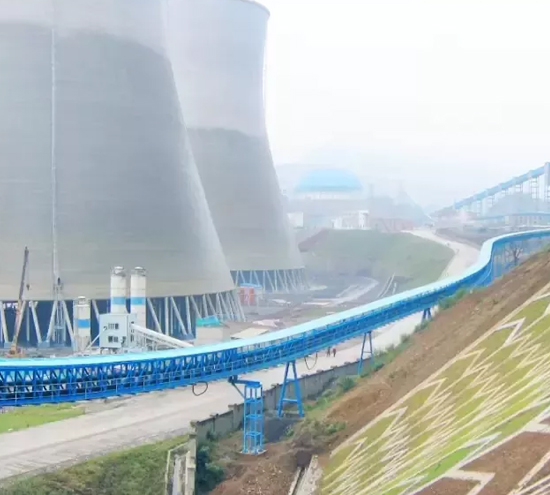A conveyor system is a fast and efficient mechanical handling device used to automatically transport loads and materials around an area. The systems minimise human error, reduce workplace risks and lower labour costs - among other benefits. They help move large or heavy items from one place to another. Conveyor systems can use belts, wheels, rollers or chains to transport objects.
How to choose the right conveyor system?
Conveyors act more or less as the central nervous system for operations that receive, handle, store, distribute, manufacture or transport products. With a wide range of conveyor types and hundreds of possible configurations to choose from, selecting the right conveyor system can be challenging for warehouse managers and other stakeholders.
In addition, there are several factors to consider when trying to identify and purchase the ideal conveyor system for your warehousing or distribution facility. You should consider both product and process requirements.
Firstly, an ideal conveying system must be
Safe to operate
Energy efficient
Reliable (with durable components)
Adaptable to changing requirements
Cost-effective (in terms of TCO or total cost of ownership)
Installing the wrong conveyor system can quickly reduce the operational efficiency of your warehouse, leading to increased costs and reduced customer satisfaction, ultimately depriving your business of a competitive advantage.
Without further delay, let's explore the factors to consider when evaluating and selecting the right conveyor system for your operation.
Product requirements
Essentially, a conveyor system is used to move items between functional areas of a distribution facility. Therefore, the type of items to be moved will determine the design, size and type of conveyor system to be installed.
When looking for the best conveyor system for your facility, answering the following questions will help you determine design and configuration requirements and help you calculate information such as horsepower and belt pull for individual conveyors.
What type of product is being conveyed?
What is the average weight of the product per foot?
What is the maximum weight of the product?
What are the minimum, maximum and average dimensions of the product (i.e. length, width and height)?
What are the dimensional data for each product?
How is the product conveyed and in what direction?
Factors such as product weight, size and fragility will greatly influence your decision-making process. The size of the items in your facility will determine the conveyor width, guide gauge and roller centres, while the weight of the product will determine the roller gauge, roller diameter and motor size requirements.
Process requirements
Process requirements include factors that control how the conveyor moves and the unique conditions of the operating environment. These considerations include
The distance the item needs to move between functional areas
The path it moves - are there stopping points, elevation changes, curves or diversions?
Product positioning - does the item have to be positioned in a specific way (to allow for barcode scanning, transfer, etc.)?
Speed of transfer - short and fast movements or slow and steady movements?
Surroundings
Available space
Flow rate
Your conveyor system should be able to handle the average transfer rate of your facility as well as peak demand periods due to seasonal fluctuations. The amount of product you need to transport per hour (or per minute) will determine the length and speed of the conveyor.
In addition, certain types of conveyors are ideal for certain products. Large plastic chain conveyors are best suited to transferring plastic foot pallets, while chain-driven roller conveyors are best suited to wooden pallets. In addition, the former is best suited for moving smaller boxes or totes than the latter.
Transfer requirements
The point at which items enter and exit the conveyor is critical. Most conveyors use side-to-side transfers, powered transfers, dead plates, gravity rollers etc. to facilitate this. Products with smaller footprints may require powered transfers, while larger and longer products may require gravity rollers.

 ZOOMRY
ZOOMRY


